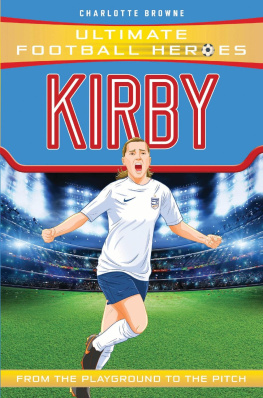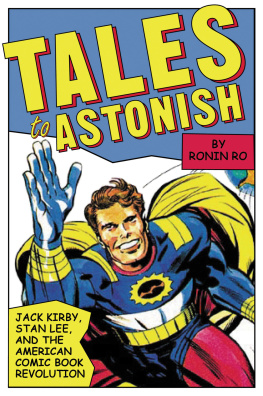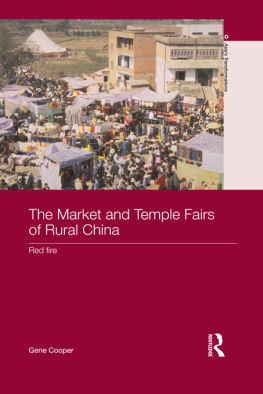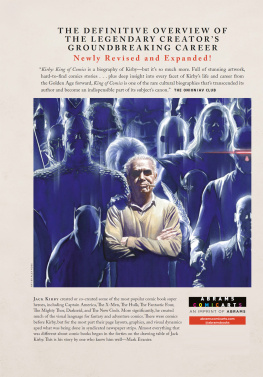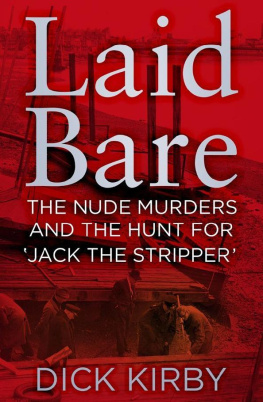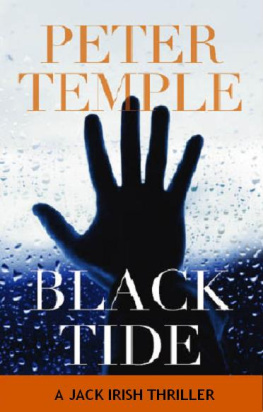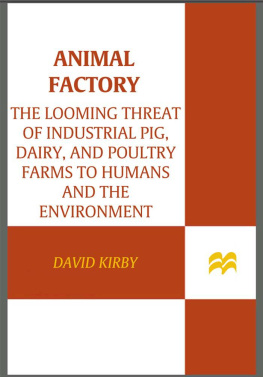Jack Temple Kirby - Poquosin : a study of rural landscape & society
Here you can read online Jack Temple Kirby - Poquosin : a study of rural landscape & society full text of the book (entire story) in english for free. Download pdf and epub, get meaning, cover and reviews about this ebook. City: Chapel Hill, year: 1995, publisher: University of North Carolina Press, genre: Romance novel. Description of the work, (preface) as well as reviews are available. Best literature library LitArk.com created for fans of good reading and offers a wide selection of genres:
Romance novel
Science fiction
Adventure
Detective
Science
History
Home and family
Prose
Art
Politics
Computer
Non-fiction
Religion
Business
Children
Humor
Choose a favorite category and find really read worthwhile books. Enjoy immersion in the world of imagination, feel the emotions of the characters or learn something new for yourself, make an fascinating discovery.

- Book:Poquosin : a study of rural landscape & society
- Author:
- Publisher:University of North Carolina Press
- Genre:
- Year:1995
- City:Chapel Hill
- Rating:5 / 5
- Favourites:Add to favourites
- Your mark:
- 100
- 1
- 2
- 3
- 4
- 5
Poquosin : a study of rural landscape & society: summary, description and annotation
We offer to read an annotation, description, summary or preface (depends on what the author of the book "Poquosin : a study of rural landscape & society" wrote himself). If you haven't found the necessary information about the book — write in the comments, we will try to find it.
Poquosin : a study of rural landscape & society — read online for free the complete book (whole text) full work
Below is the text of the book, divided by pages. System saving the place of the last page read, allows you to conveniently read the book "Poquosin : a study of rural landscape & society" online for free, without having to search again every time where you left off. Put a bookmark, and you can go to the page where you finished reading at any time.
Font size:
Interval:
Bookmark:
All rights reserved
and durability of the Committee on Production Guidelines for
Book Longevity of the Council on Library Resources.
Kirby, Jack Temple.
Poquosin : a study of rural landscape and society / by Jack
Temple Kirby.
p. cm.(Studies in rural culture)
Includes bibliographical references and index.
ISBN 0-8078-2214-0 (cloth : alk. paper)ISBN 0-8078-4527-2
(pbk. : alk. paper)
1. ManInfluence on natureDismal Swamp (N.C. and Va.)
2. DrainageEnvironmental aspectsDismal Swamp (N.C. and Va.) 3. Reclamation of landEnvironmental aspectsDismal Swamp (N.C. and Va.) 4. Wetland ecologyDismal Swamp (N.C. and Va.) 5. Dismal Swamp (N.C. and Va.)History. I. Title. II. Series.
GF504.D57K57 1995
333.91809755523dc2o 94-48141
CIP
99 98 97 96 95 5 4 3 2 1
Font size:
Interval:
Bookmark:
Similar books «Poquosin : a study of rural landscape & society»
Look at similar books to Poquosin : a study of rural landscape & society. We have selected literature similar in name and meaning in the hope of providing readers with more options to find new, interesting, not yet read works.
Discussion, reviews of the book Poquosin : a study of rural landscape & society and just readers' own opinions. Leave your comments, write what you think about the work, its meaning or the main characters. Specify what exactly you liked and what you didn't like, and why you think so.

